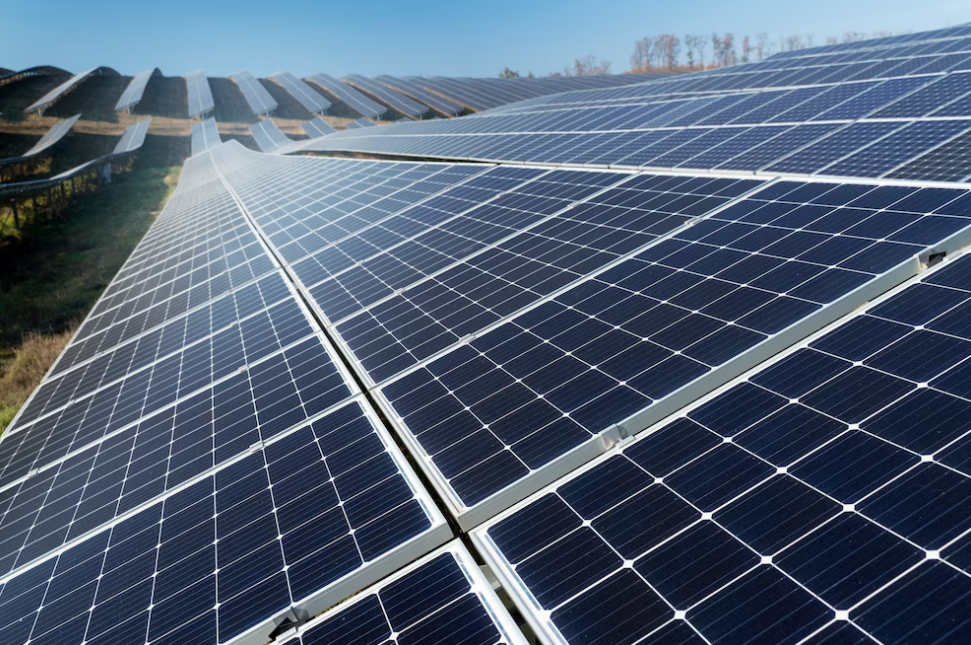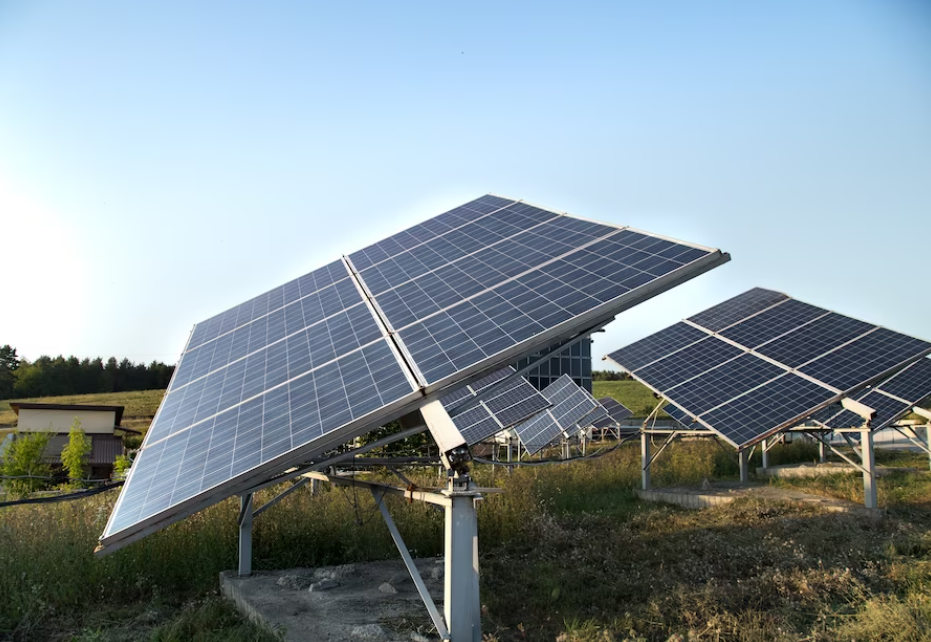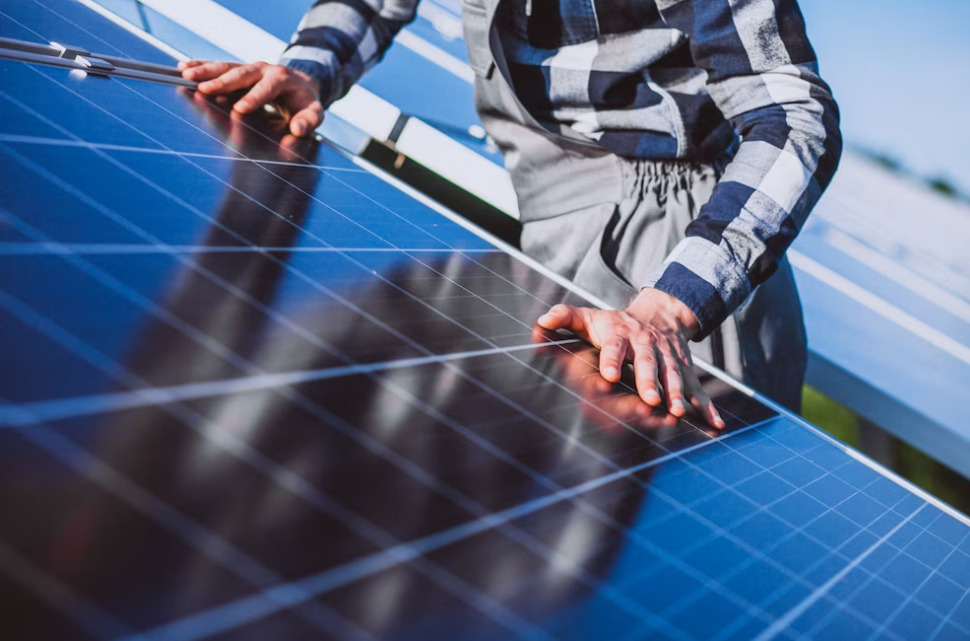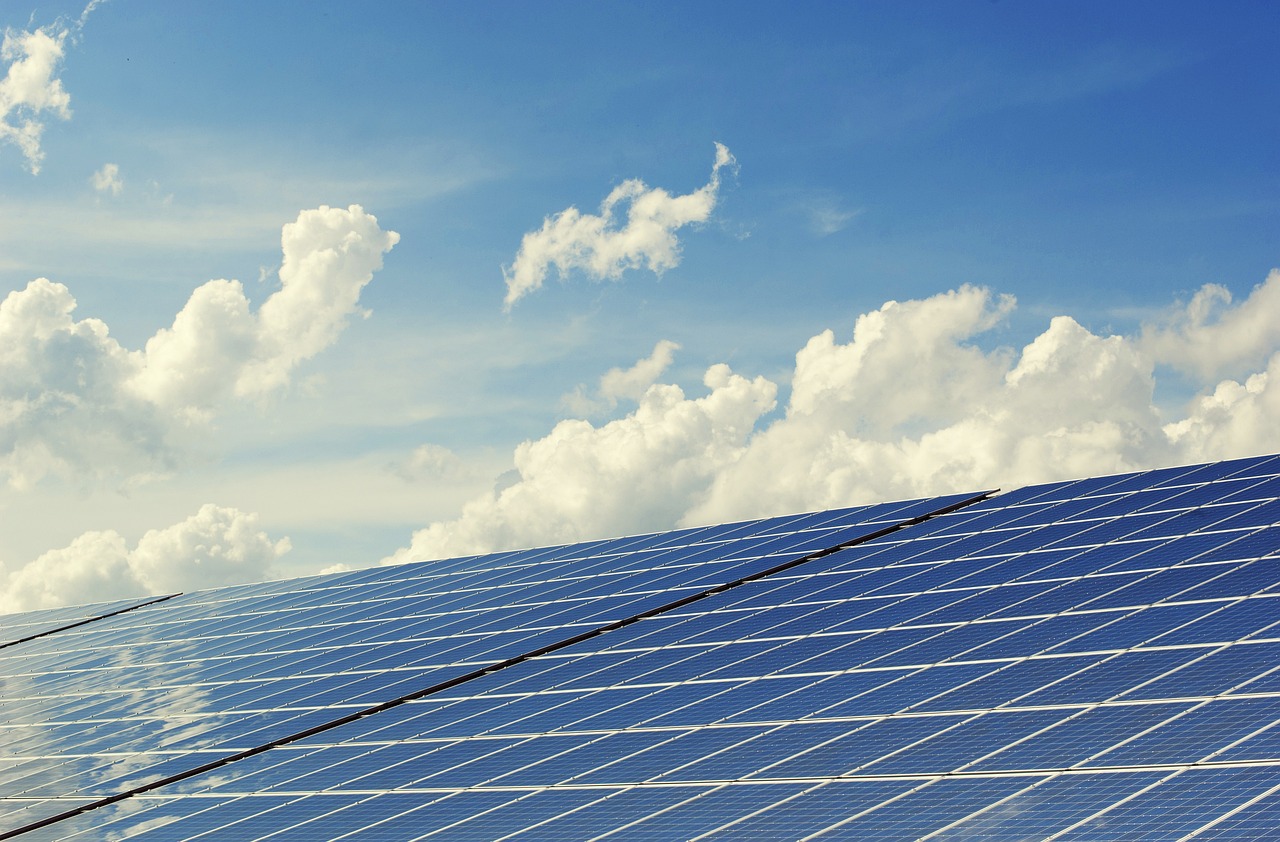As the world’s second-largest consumer of electricity, following China, the United States accounted for a staggering consumption of over 4000 terawatt hours in 2019. While transitioning the entire nation to rely solely on solar panels for energy poses significant challenges, it remains a plausible and promising endeavor. The pressing question arises: how many solar panels, expansive land areas, and substantial financial investments would be required to power the United States sustainably?
This article delves into the intricate facets of harnessing solar energy on such a grand scale, exploring the potential and complexities involved in fueling a vast and diverse country like the USA with renewable power. Discover the transformative power of solar energy and its role in shaping a greener and more sustainable future for the nation. Uncover the myriad opportunities and implications of adopting solar power as a central component of America’s energy landscape, paving the way for a cleaner, healthier, and more resilient future for generations to come.
The Number of Solar Panels to Energize the United States
The United States’ annual electricity consumption amounts to an astounding 4,000 billion kilowatt-hours (kWh), with an average usage of 12,000 kWh per person. This substantial demand raises alarming concerns, as the finite global oil reserves cannot sustain such consumption in the long run.
However, amid these challenges, solar power emerges as a promising and viable solution to address America’s ever-growing energy requirements. Embracing solar energy not only offers a clean and renewable alternative but also heralds a transformative shift towards a more sustainable and resilient energy future for the nation. As the nation explores the potential of solar power on a massive scale, it opens doors to reducing its environmental impact, enhancing energy security, and fostering economic growth in the pursuit of a greener, healthier, and more sustainable tomorrow.

To determine the number of solar panels required, two factors come into play:
- Firstly, an average American consumes approximately 33 kWh daily;
- Secondly, domestic solar panels generate 1-4 kW of electricity per hour, considering the limited sunlight hours.
With about 4 hours of daily full sunshine on average, solar panels need to produce around 33 kWh during this period. Hence, 3-9 domestic solar panel systems are necessary per person. Alternatively, considering the entire US population’s yearly consumption and factoring in daylight hours, a staggering 7.85 billion solar panels, each providing about 350W per hour, are required to power the entire USA efficiently.
The Expense and Area Demands
Acquiring insight into the number of solar panels required to energize the United States reveals the impracticality of assembling over 7 billion panels in a single location. Optimal energy generation demands a distributed approach, considering the varying sun hours from the east to the west coast. Embracing this strategy allows for a more efficient utilization of solar resources across the nation.
The encouraging news is that the installation costs of solar panels have seen a significant decline in recent years, making renewable energy adoption more accessible. While transitioning the entire nation to solar power comes with an estimated price tag of around 23 billion dollars or more, the long-term benefits far outweigh the investment. Such a monumental undertaking necessitates visionary leaders and adequate funding to realize the dream of powering the USA with solar energy. By embracing distributed solar solutions, the nation can pave the way for a sustainable, eco-friendly, and economically viable energy future.

Conclusion
To power the entire United States with solar panels, the quantity required is far beyond an individual’s capacity. However, you can take the first step by installing solar panels in your home. This simple action contributes to reducing oil waste, fostering a healthier planet, and cutting down electricity costs for your household. Embrace solar energy and be part of the movement towards a greener and more sustainable future.








